Description
Sumatra Bener Meriah “Jasmine Co-Ferment” – Gayo Aalamin (Aceh, Indonesia)
In the heart of the Gayo plateau, at 1,442 m above sea level, coffee grower Asbi and his family are working with the Aalamin brand and exporter Central Sumatra Coffee (CSC) to produce this experimental micro-lot of regional Typica and Catimor . The beans are grown in the volcanic loam soils of Suku Bener village, Bener Kelipah district , Bener Meriah regency , and benefit from the classic cool, hazy climate that characterizes the Acehnese mountains.
The Gayo region—which produces much of Sumatra’s Arabica—combines almost year-round rainfall, forested slopes, and a coffee-growing culture dating back to the early 20th century. CSC has been operating here for more than five years, providing technical assistance and a composting program to more than 400 producing families and perfecting high-value processing methods.
This “Jasmine Co-Ferment” batch is made from hand-selected ripe cherries during the main harvest (October–June). After pulping, the parchment is anaerobically fermented with commercial yeast and enriched with fresh jasmine petals , a process that fixes floral compounds in the mucilage before undergoing giling basah (wet hull) and sun-drying on parihues. The result retains the dense body typical of Sumatra and enhances it with a fragrance of pear, jasmine, rosewater, and chocolate.
Co-Ferment Process (Jasmine)
-
Pick/Float: Only dense, fully red cherries.
-
Fermentation 1 (14-16 h): parchment in a sealed tank with water and Saccharomyces cerevisiae to start the enzymatic activity.
-
Aromatic addition (day 2-3): Freshly picked jasmine petals are added, releasing essential oils and flavonoids.
-
Fermentation 2 (≈48 h): continues in anaerobiosis, enhancing floral notes and reducing bitter compounds.
-
Wet hull & drying: When the grain reaches 25-30% moisture content, it is pulped again, hulled to 30-35%, and then dried in the sun to 10-11% to ensure stability during roasting and storage.
This approach, developed by CSC, integrates the ingredient during the microbial phase—not as a post-roast infusion—so that the aromas are anchored in the bean matrix and withstand both roasting and cup extraction.


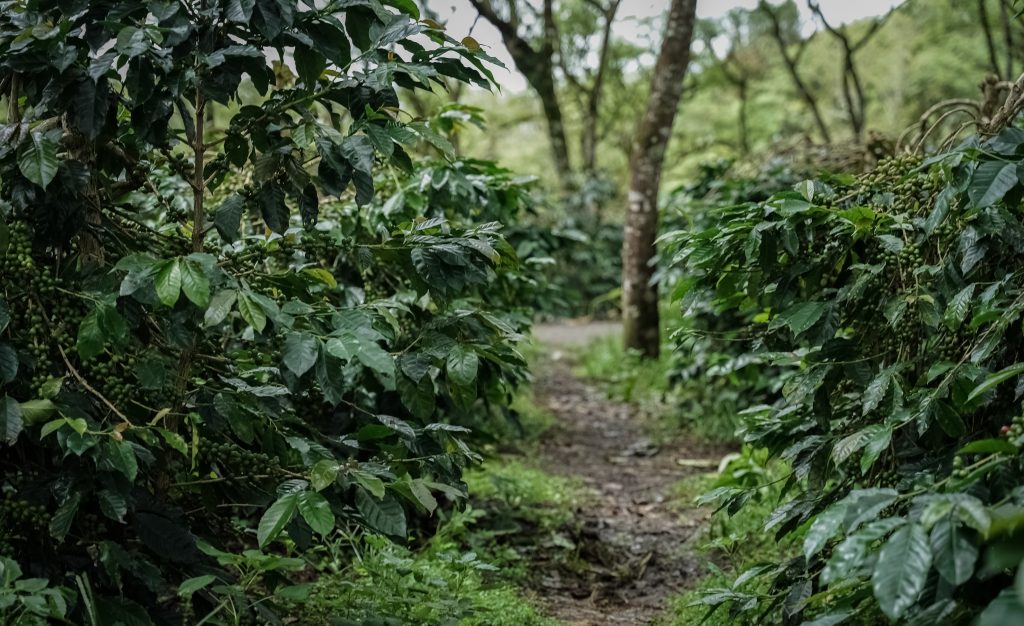
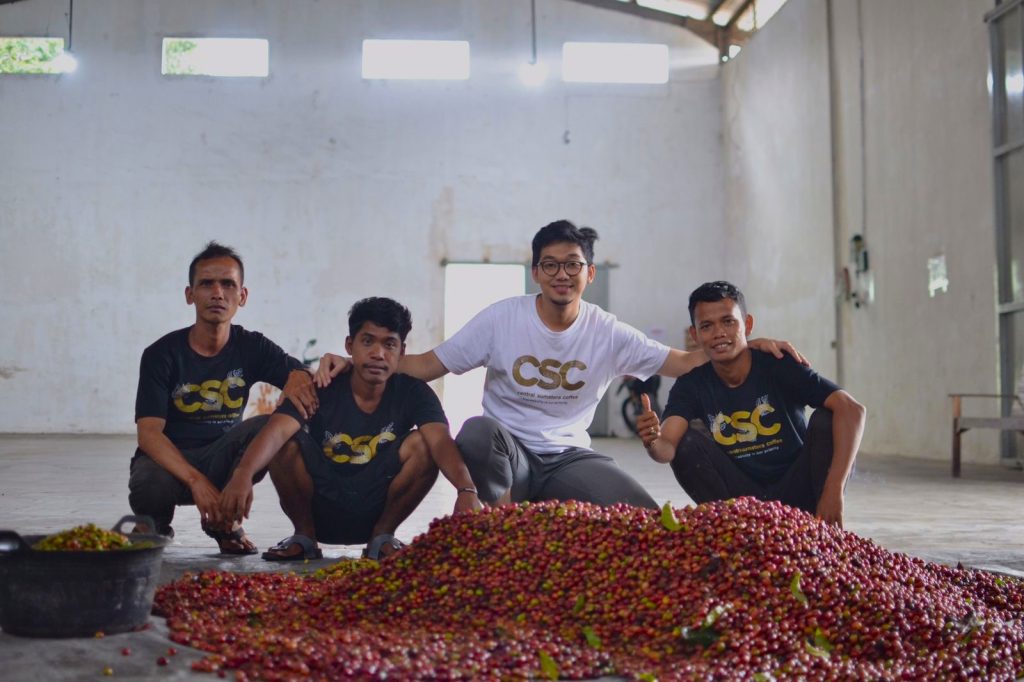
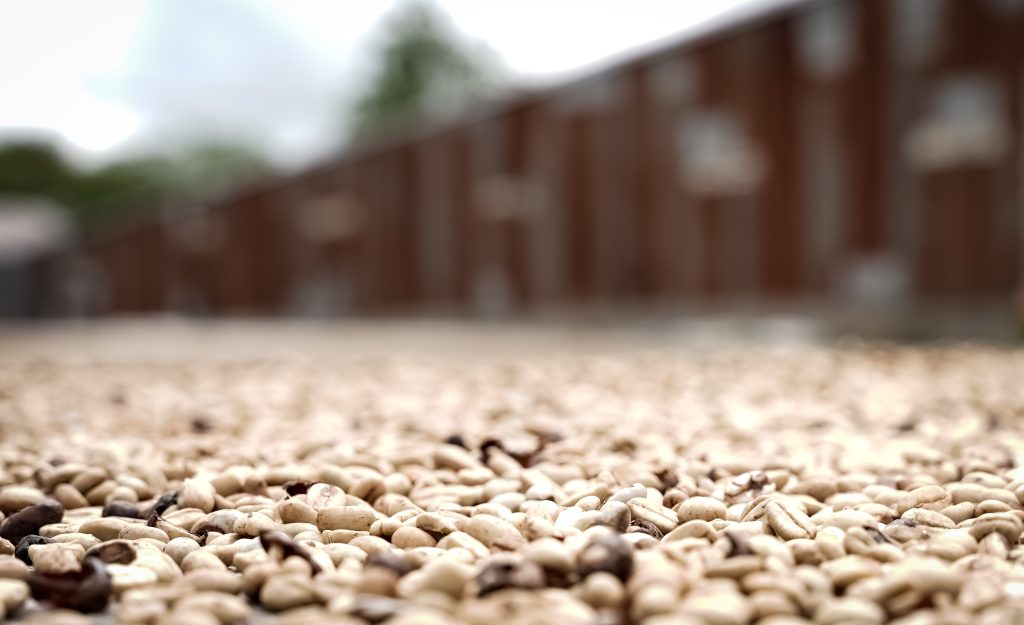

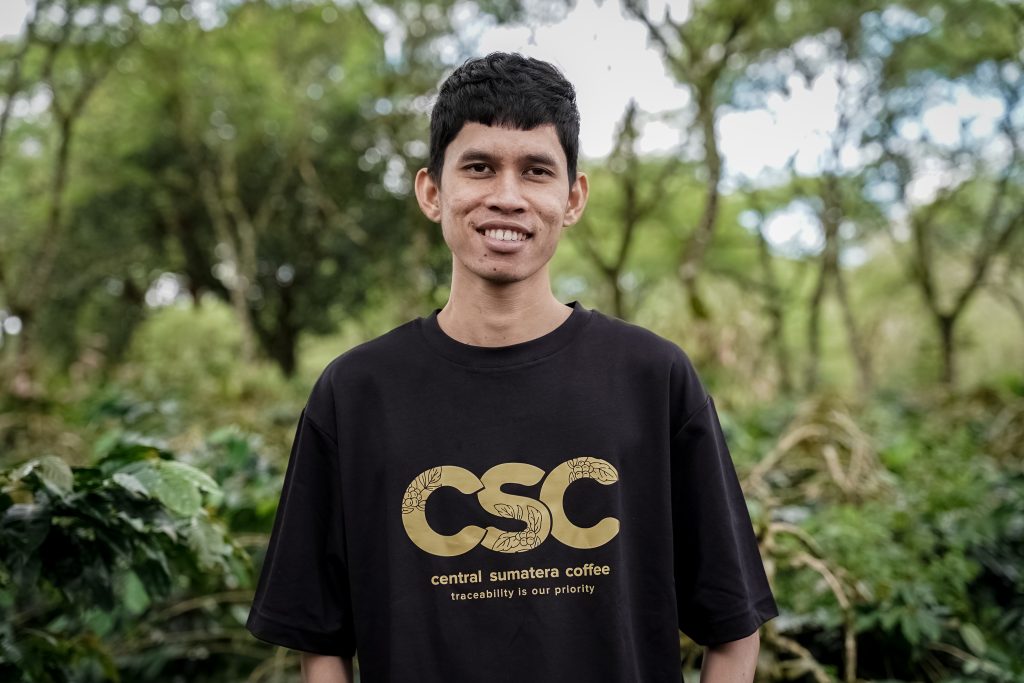
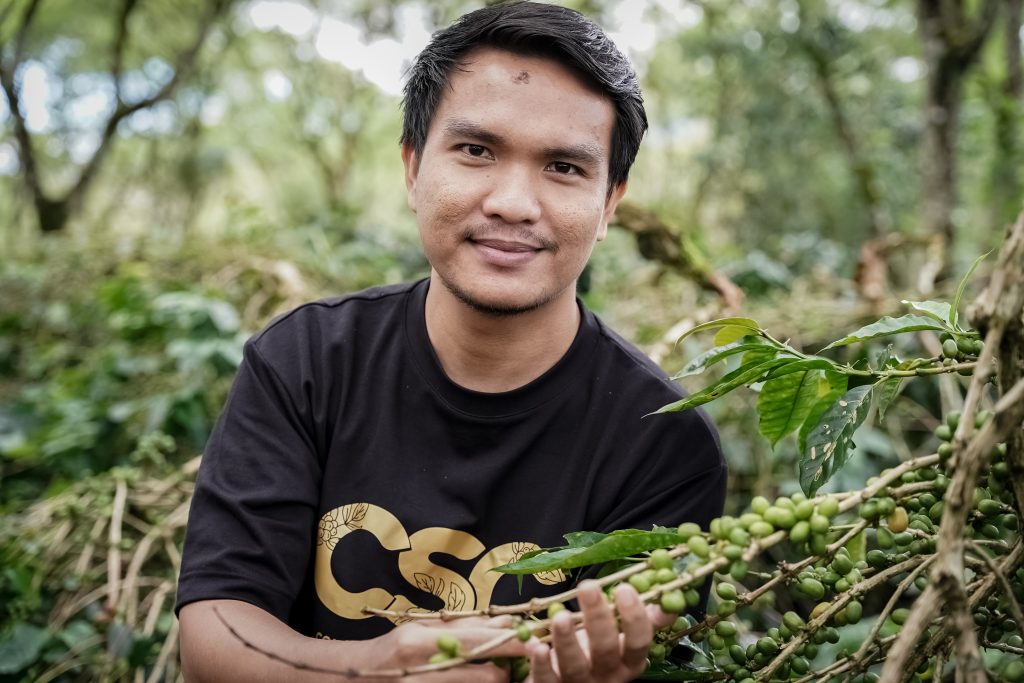

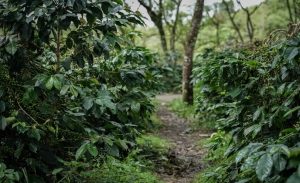
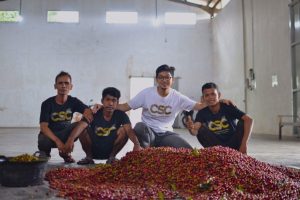
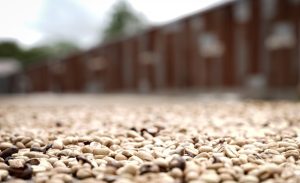


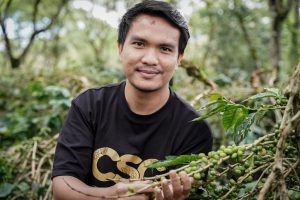
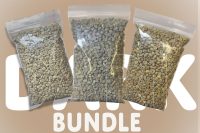
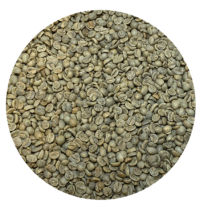
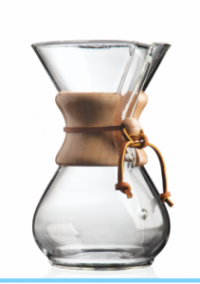

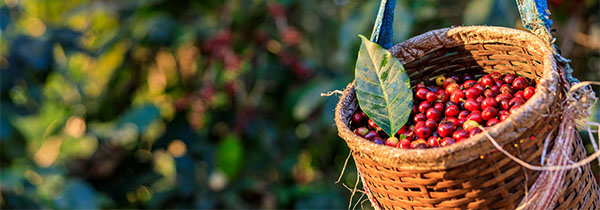
Reviews
There are no reviews yet.